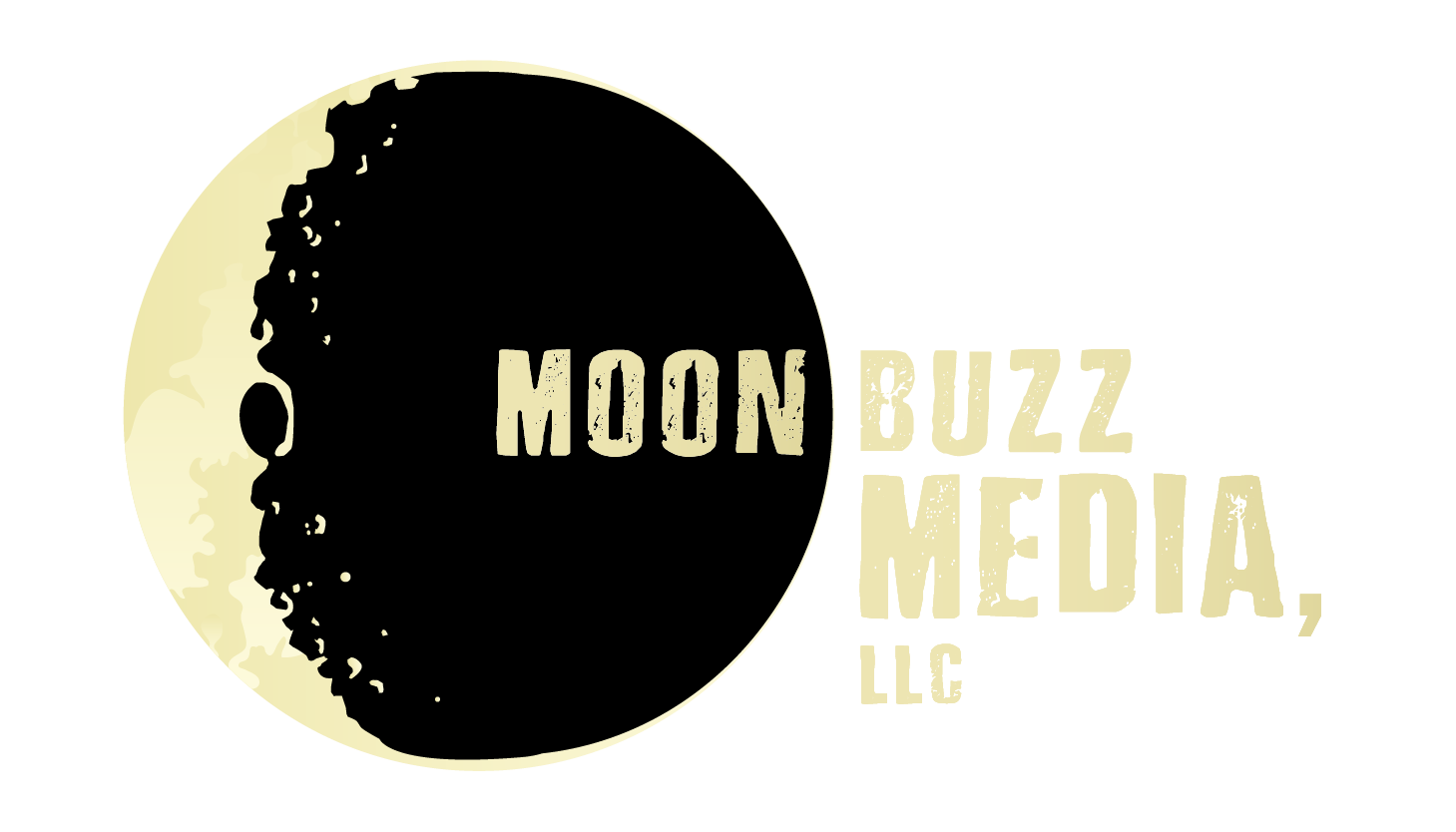How to get a lighting fast website in 4 simple steps
|
Before we get too carried away, it would be good to establish some baseline data about your website’s speed. Simply waving your hands in the air and saying “it’s way too slow” is about as helpful as a marshmallow in a toolbox (okay…forgive the weak metaphor). But seriously, let’s get some data. Not sure where to check your website’s speed? Try one of the following links! 1) Pingdom 2) GT Metrix 3) Google’s Pagespeed Insights Pick one you like, any one will do. The important thing is that you have something you can use to measure improvements in loading time. And with that – let us begin! |

|
Step One: Check Your Hosting Situation...
It's obvious, but often overlooked. Your hosting company's servers, the ones your website sits on, can make all the difference between a fast loading site and a sluggish one. The question you need to ask yourself is whether or not your website's competing for the same resources (CPU, RAM, etc.) as a hundred or even a thousand other websites.
And if it is, does your hosting company offer a viable alternative? You're going to want to have dedicated resources at your disposal, especially if you're expecting to attract more visitors to your site. The more traffic you get, the more vital your unfettered access to these resources becomes.
If your organization is large enough, you may want to look into getting a Virtual Private Server (VPS) or dedicated server. We offer hosting solutions, so we'd love it if you shacked up your website with us, but we're by no means the only solution out there. SiteGround, GoDaddy, and Liquid Web are a few great options. The main thing is to understand what you're buying and whether or not the overall package is right for your particular website's needs.*
*The only hosting company we regularly warn people against is iPage. If you're on iPage and haven't had issues yet, just wait...you likely will.
Step Two: Check Your HTTP Requests...
Find a website speed tool like Pingdom and search for the HTTP requests. These are actual requests being made between the visitor's computer and the server your website is hosted through. Once you have your hosting figured out, literally everything boils down to this: what are the actual elements people have to load from your site. Looking at a rundown of your HTTP requests will also reveal which pieces of your site are the largest - which will contribute to the longest load times. Number one on this list is usually your images, so get a decent image compressor if possible. Or use an image compression plugin if your website's built with WordPress.
Step Three: Invest In A Caching Plugin...
If "caching" is a new concept for you, it's when web pages create a static version of your site that allows visitors to access it more quickly than the live site (because there is no retrieval via the database every time there is a batch of http requests from a new visitor).
If you're a WordPress user, there are plenty of caching plugins to choose from. The thing to keep in mind about caching plugins within WordPress is that you might want to consider disabling them when you run your updates, and you'll definitely want to continuously flush them out as you make changes to your website so the cache is as current as possible. But more on this in another post.
Step Four: Jump Onto A Content Delivery Network (CDN)...
If you're trying to get a national, or even an international audience, you might want to look into setting yourself up on a Content Delivery Network (CDN). Basically, a CDN is a network of servers around the world that deliver content to visitors of your website based upon their own geographic location. Whichever server is closest to the user will do the heavy lifting. This means decreased distances between user and server, which translates to faster load times.
The only downside is it can get kind of pricey. That said, there are some bargains for those of us not running Fortune 100 companies, most notably Sucuri's Website Security package: https://www.moonbuzz.io/website-security/. There are a few instances, such as with Sucuri's product, where the CDN is bundled with something else. So you buy the firewall protection for a measly $19.99/month, but that package includes a CDN which gives you an automatic performance boost. It's worth keeping in mind that CDNs aren't always sold as CDNs.




















